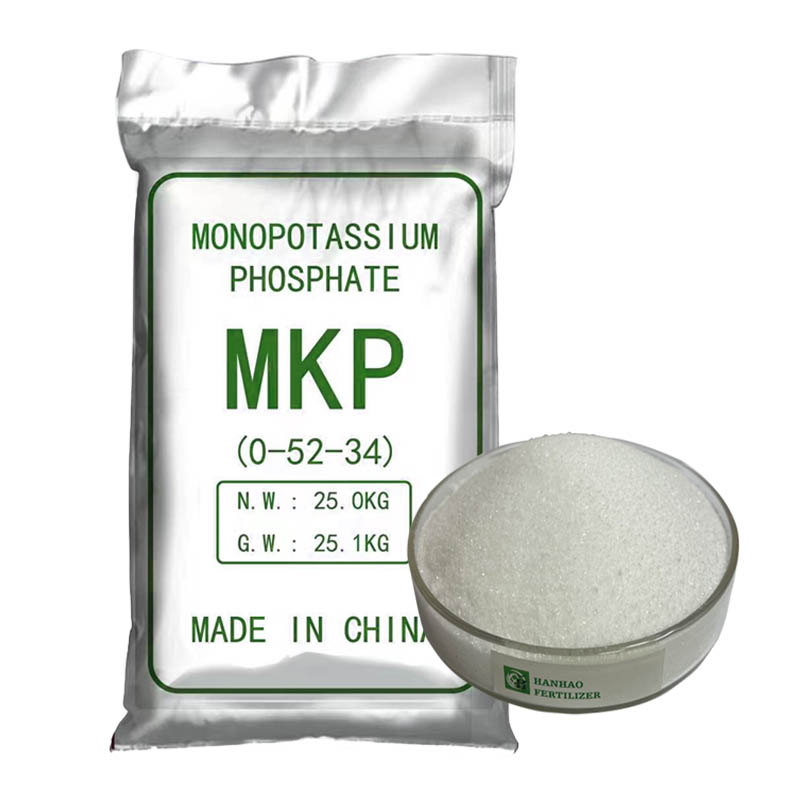
Aug . 17, 2024 04:13 Back to list
Creating a Balanced Nutrient Blend for Effective Plant Growth and Health
Understanding 5-10-31 Fertilizer A Comprehensive Guide
Fertilizers play a crucial role in modern agriculture, providing essential nutrients to plants and ensuring optimal growth and development. Among the myriad of fertilizers available, the 5-10-31 fertilizer stands out due to its unique nutrient composition. Understanding what this particular fertilizer offers can significantly enhance crop yield and quality.
What Does 5-10-31 Mean?
The numbers in the designation '5-10-31' refer to the percentage by weight of three key nutrients essential for plant growth nitrogen (N), phosphorus (P), and potassium (K). The first number (5) indicates the percentage of nitrogen, the second number (10) represents the phosphorus content, and the third number (31) signifies the potassium portion. Here's a breakdown of each component
1. Nitrogen (5%) This nutrient is vital for vegetative growth. It is a crucial part of amino acids, which are the building blocks of proteins. Adequate nitrogen levels promote lush, green foliage and are essential for photosynthesis.
2. Phosphorus (10%) Phosphorus is fundamental for root development and flowering. It aids in the formation of DNA and RNA and is essential for energy transfer within the plant. A healthy phosphorus level supports seed and fruit production, making it particularly important during the flowering stage.
3. Potassium (31%) Potassium is essential for overall plant health. It helps regulate various physiological processes, including water uptake, enzyme activation, and photosynthesis. High potassium levels strengthen plant resistance to diseases and environmental stresses, such as drought.
When to Use 5-10-31 Fertilizer
The 5-10-31 fertilizer is particularly beneficial during specific stages of plant growth
. Its higher potassium content makes it an excellent choice for crops that are transitioning from vegetative to reproductive stages. For instance, it is widely used when the plants are flowering or fruiting, as the potassium helps in producing larger and more robust fruits or seeds.5-10-31 fertilizer

This fertilizer is also suitable for root crops that require strong underground growth. Applying it during planting or early growth stages can enhance root development and overall yield.
Application Techniques
Applying 5-10-31 fertilizer requires careful consideration to achieve the best results. Here are some application techniques
1. Soil Test Before applying any fertilizer, conduct a soil test to determine the nutrient needs of your soil. This step ensures that you are not oversaturating the soil with unnecessary nutrients.
2. Timing Timing is crucial for maximizing the efficacy of fertilizers. Apply it during the growth stages that require specific nutrients, such as during flowering or fruit set.
3. Method of Application You can integrate 5-10-31 fertilizer into the soil using broadcasting techniques, or you can apply it through soil injection or banding methods. Banding is particularly effective as it places the fertilizer closer to the root zone, allowing for better absorption.
4. Watering After application, water the plants thoroughly. This helps to activate the fertilizer and allows the nutrients to penetrate the soil, reaching the plant roots more effectively.
Conclusion
The 5-10-31 fertilizer is a specialized nutrient formulation that can significantly support various crops during critical growth phases. With its balanced blend of nitrogen, phosphorus, and a notably high level of potassium, it caters to specific agricultural needs. Understanding when and how to apply this fertilizer is key to unlocking its full potential, ensuring healthier crops, improved yields, and ultimately, a more efficient farming practice. As always, combining good agronomic practices with the appropriate use of fertilizers will lead to sustainable agricultural success.
-
Organic 10-10-10 Fertilizer | Balanced Plant Nutrients
NewsJul.31,2025
-
Premium Amino Acid Fertilizer | Rapid Plant Growth Booster
NewsJul.31,2025
-
10 10 10 Fertilizer Organic—Balanced NPK for All Plants
NewsJul.30,2025
-
Premium 10 10 10 Fertilizer Organic for Balanced Plant Growth
NewsJul.29,2025
-
Premium 10 10 10 Fertilizer Organic for Balanced Plant Growth
NewsJul.29,2025
-
Premium 10 10 10 Fertilizer Organic for Balanced Plant Growth
NewsJul.29,2025
